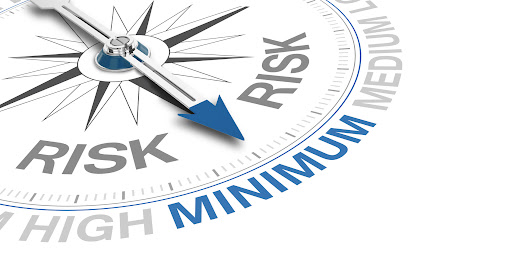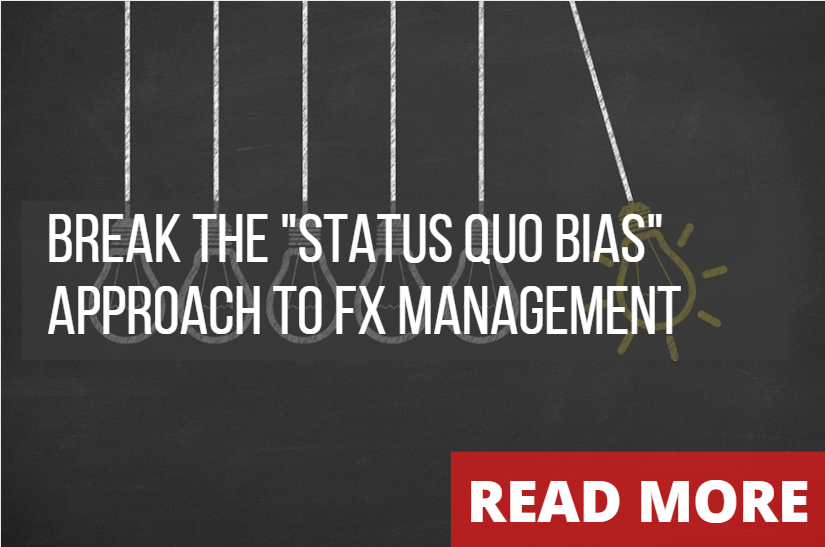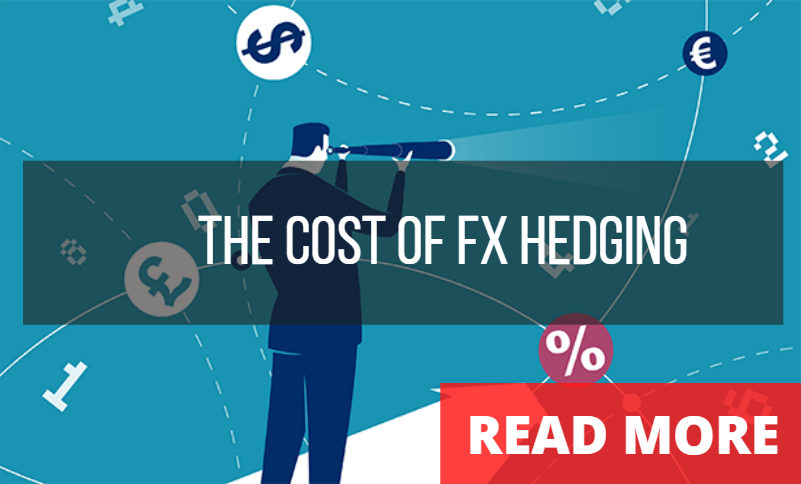
A Treasurer's Approach to Risk
By Ritwik Sarkar
Dec 08, 2021

At Klarity, we routinely collaborate with treasury teams on how their corporation can achieve a quantifiable measure of their currency exposure. While a number of risk calculation can be used, one of our preferred methods is rooted in Value at Risk modeling. This tool can be useful tools to help provide a consolidated number that totals the risk thresholds in the organization’s fx portfolio. Corporate treasurers and fund managers widely use this to clearly define operating cash thresholds and communicate risks clearly to stakeholders.
What is VaR Measure?
Value at Risk is a statistic that builds a series of probabilities of financial outcomes over a specific timeframe time period.
V is the Value at Risk within the fx exposure. It is driven by the time horizon (N days) and the confidence level (X%). It is the potential loss level”— over a certain period—that has a probability of being exceeded by a certain threshold. VaR can be an attractive measure due to its simplicity for the end user.
It centers on “What’s my organization’s worst-case scenario?”, “If things do get bad, how much can the company expect to withstand?”, constantly changing, it is imperative for fx risk managers to monitor. In essence, VaR is a key feature to demonstrate risk to shareholders.
Historical Approach
This approach involves the building of a database consisting of the daily movements in all relative market variables over a specific time horizon. The first step is identifying the variables driving the exposures: daily spot and forward rates, option premium pricing, and interest rate differentials.
Treasury teams follow up with stress testing, a process of analyzing how the firm’s currency hedging positions would have performed under the more notable market moves within the last 10 to 30 years. For instance, an exporter selling USD to meet CAD expenses might set the market variables to those considered in the years from 2008 to 2014 when the Dollar Index was at some of its lowest levels in recent years. To test specific market relevance such as liquidity stresses or specific asset correlations, variables might be set to March 2020 or months later when oil prices went negative. Under theoretical assumption, these events happen rarely but in practice it is not uncommon to see more than a few standard-deviation moves in FX pairs over a 10 year time.
A final step is back testing approaches. Determining how well the VaR estimates performed for the organization after the fact and if the measures or program should be adjusted. We believe it is effective to determine the loss exceeded in a day by the unique calculated VaR % threshold.
Advantages:
• Consolidates probability distribution of market variables.
• Avoids the need for cash flow mapping.
Limitations:
• Doesn’t allow volatility updating factors to be used.
• Potentially larger standard errors with smaller sample sizes.
• Historical data can potentially be ‘stale’.
While we agree it is not perfect, it is important knowing the size of risk an FX manager is responsible for managing.
Model-Building Approach
Treasury teams can produce additional VaR practices by supplementing historical analysis with adoption of a model-based approach to further test and analyze their fx hedging programs.
Using this approach, teams can calculate the volatility exposure measure rather than solely the daily P/L.
For an organization with multi-currency exposure, VaR can create effective correlation models that can better inform the quantum of risk. It also informs the diversification benefits to be yielded. For instance, hedging only the EUR and not the GBP into a portfolio may help reduce hedging costs while having no impact on the VaR. This use of determining effective hedging frontiers is a staple in sophisticated hedging programs.
Advantages
• Able to be produced quickly and can be used in conjunction with volatility updates.
• Able to run models in real or near-real time and are exact.
• Measures relationship between exposure value and underlying market variables.
Limitations
• Accuracy can vary if currency positions have low delta exposure.
• Linear Model has limited application with structured products.
•Initial complexity and groundwork with implementation and maintenance.
Summary
Integrating VaR analysis into your risk management framework can have far reaching benefits for the entirety of a corporation’s risk management approach.
Our team has seen increasing demand from shareholders to better understand the risk’s treasury faces. VaR accomplishes this by both being able to outline the quantum of risk, as well as provide a better numerical value.
VaR can be an important tool to help develop a material understanding of risk tolerance. It demonstrates the real impact of cost of hedging approaches and their value in reducing risk exposure. Using VaR analysis drives a more practical implementation of a risk management approach, making a song out of noise. It is also important to note that VaR is not predictive nor will it capture all the potential black swan events. Nevertheless, it is an excellent tool in helping shape an organization’s understanding of risk.
Disclaimer: The views expressed in the article are Klarity FX's own, they should not be taken as investment advisory. Klarity FX bears no responsibility from any unforeseen outcomes that come as a result of the information in this article.



